Tire Balance vs Alignment: Understanding the Key Differences
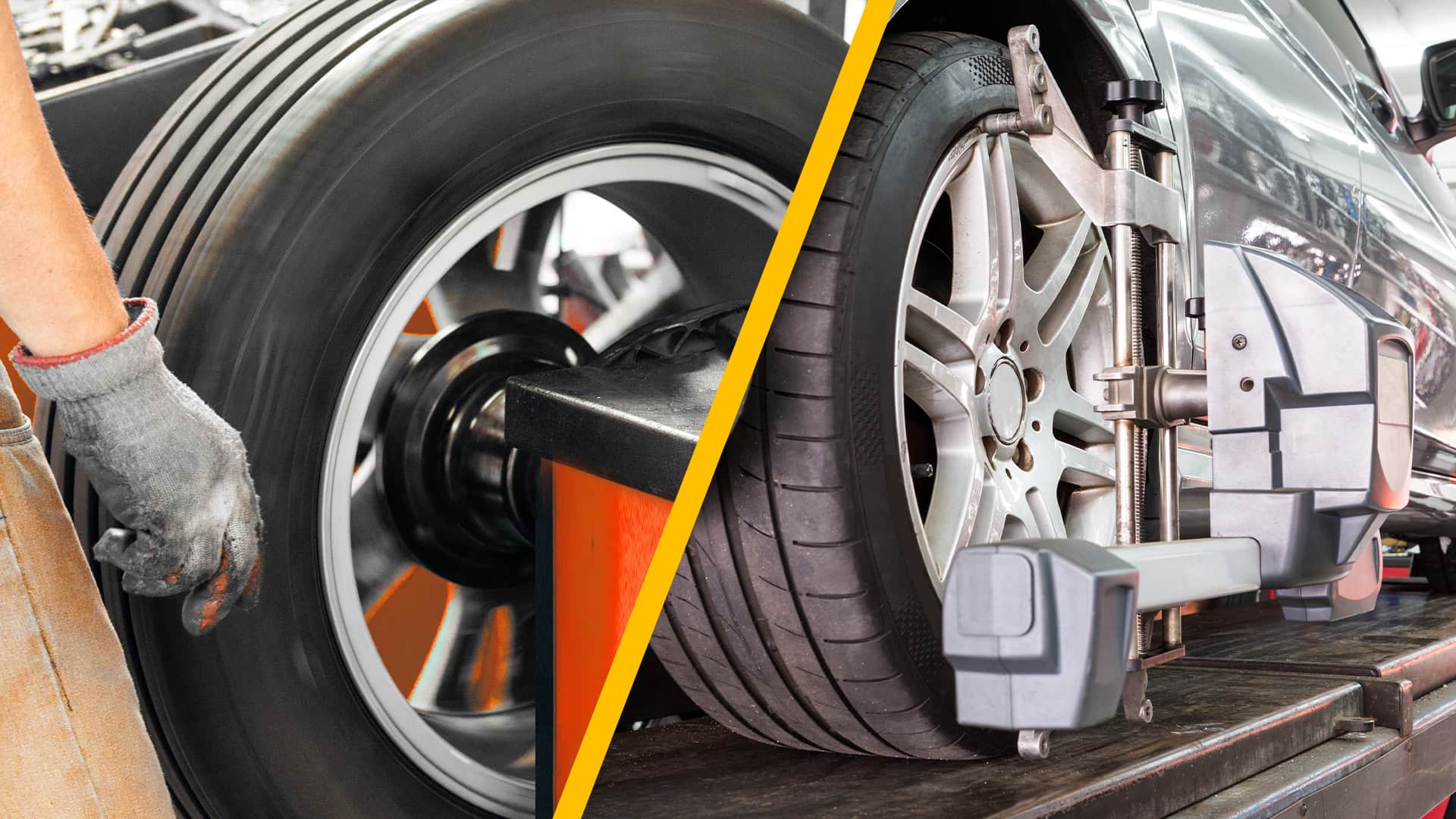
We get asked a lot if balancing and alignment mean the same thing. They kind of sound alike and both help keep your tyres healthy for longer. But nope, they’re different!
When we balance your wheels, we make sure the weight is distributed evenly around each wheel. But with alignment, we check that all your wheels are lined up properly with the road and with each other.
It’s pretty common to mix them up though! So let’s take a closer look at each one so you can see what they’re all about and how they can help you and your car stay safe on the road.
Key Takeaways: Tire Balance vs Alignment
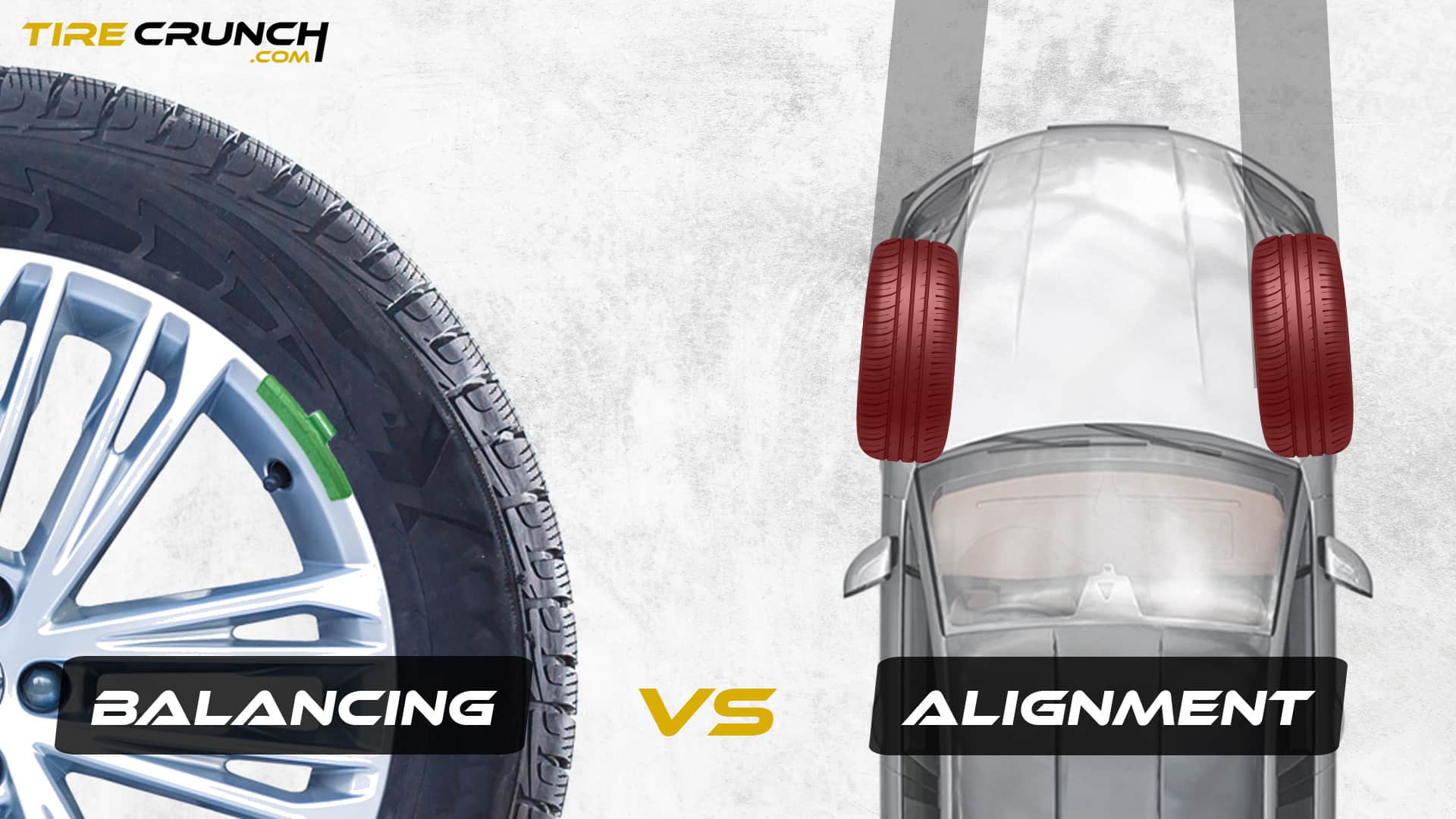
| Tire Balance | Wheel Alignment | |
|---|---|---|
| What is it? | Tire balancing is the process of evenly distributing the weight of a tire and wheel assembly so that it rotates smoothly at high speeds. | Wheel alignment is the adjustment of a vehicle’s suspension system to ensure that all four wheels are pointing in the same direction and are parallel to each other. |
| Why is it important? | Unbalanced tires can cause uneven wear, vibrations, and even unsafe driving conditions. | Proper wheel alignment can improve handling, increase fuel efficiency, and extend tire life. |
| Signs It’s Time | Uneven tread wear or vibration at high speeds; steering feels shaky or loose | Vehicle pulling to one side; poor handling or responsiveness; uneven tire wear; squealing tires when turning. |
| How long does it take? Price range? | Typically takes around an hour at an average price of $15-$50 per tire. | An alignment typically takes around an hour at an average price between $50-$200. |
What Is Tire Balancing?
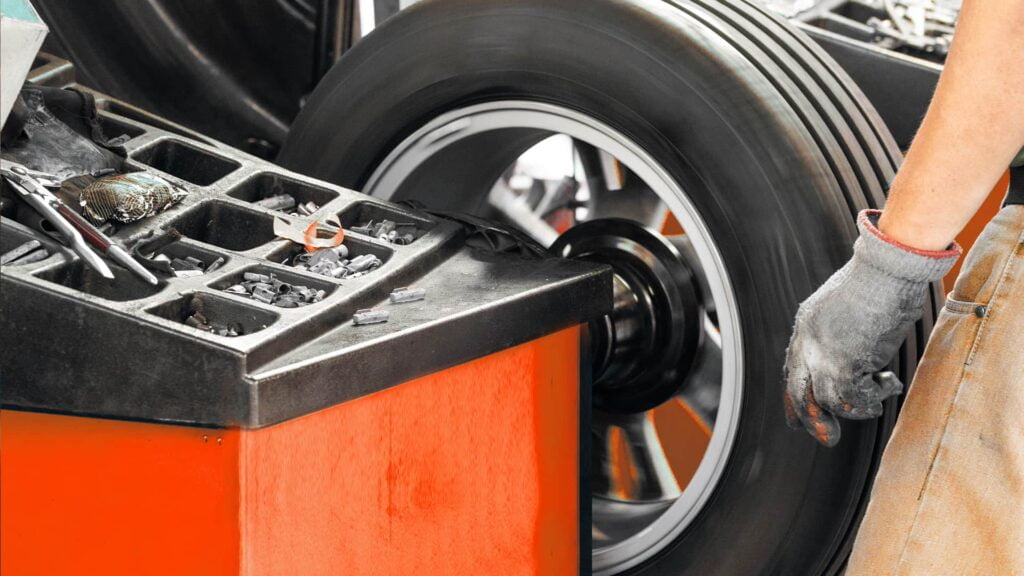
When your wheels aren’t balanced right, it means that the weight isn’t spread out evenly. This can mean all kinds of issues, like shaky driving, your tires wearing out too fast, and even damage to your suspension. So it’s important to get them balanced!
To balance your wheels, the wheel and tire are put onto a special machine. The machine spins them around so that the technician can see where the unbalance is coming from. Then, they add weights to make sure everything is nice and level.
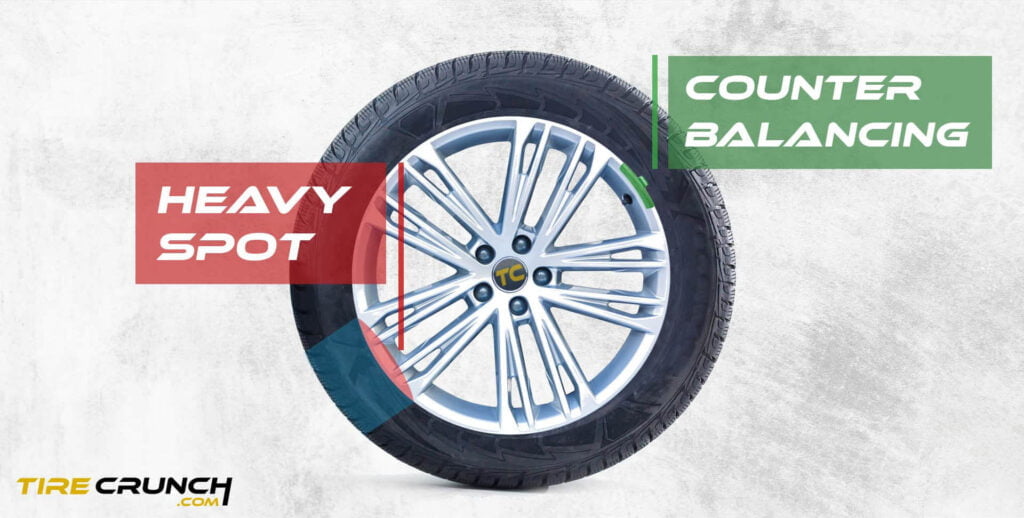
– What Are The Signs That Your Tires Need Balancing
If you’re feeling vibrations throughout the car, it might mean that your car needs tire balancing.
Usually, you’ll notice these shakes in the steering wheel, on the floorboard, or in your seat. If it’s the steering wheel shaking, it’s probably the front tires. But if you’re feeling it in your seat, that means something with the back wheels is off-kilter.
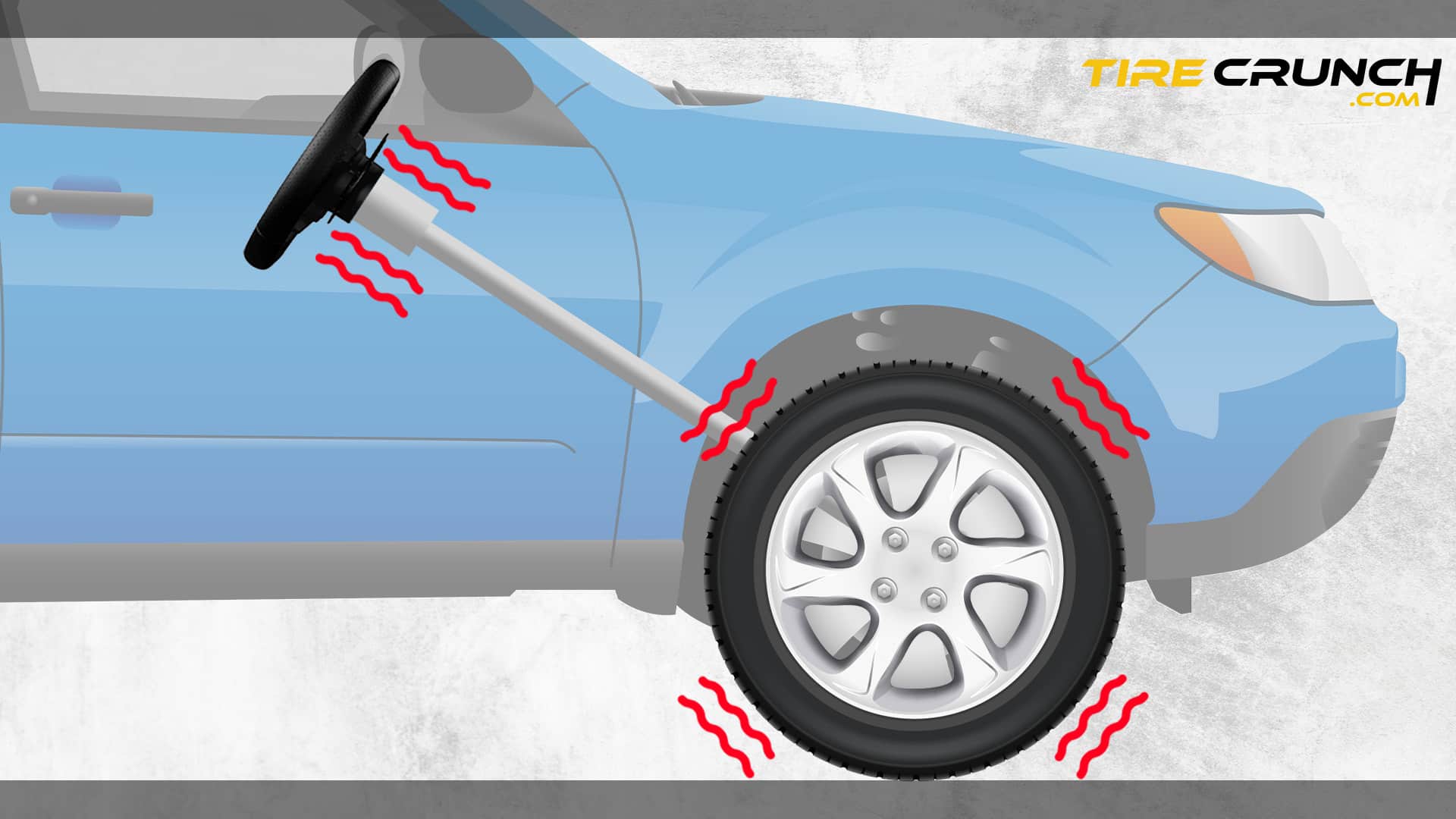
It’s smart to have your tires balanced when they get rotated (when we move them around), after fixing a flat tire, or as part of regular maintenance. And even if you aren’t driving much lately and your car just sits there for a while,
– What causes Unbalanced Tires?
Unbalanced tires can happen for a bunch of reasons. If your tire and wheel aren’t perfectly weighted all the way around, it can throw things off. Sometimes this is because of uneven wear on the tire, or because you lose a weight that’s helping to keep things balanced.
Another possible cause is if you bump into something – like a curb or pothole – hard enough to jolt the balance out of whack.
– How much does Tire Balancing cost?
The cost of tire balancing varies depending on where you go and what kind of vehicle you have. On average, though, a tire balance will cost between $15 to $50 per wheel.
The price might be higher or lower depending on how much work needs to be done—for example, if your tires are in really bad shape or if they’re mounted on fancy wheels that need extra care.
What Is Wheel Alignment?
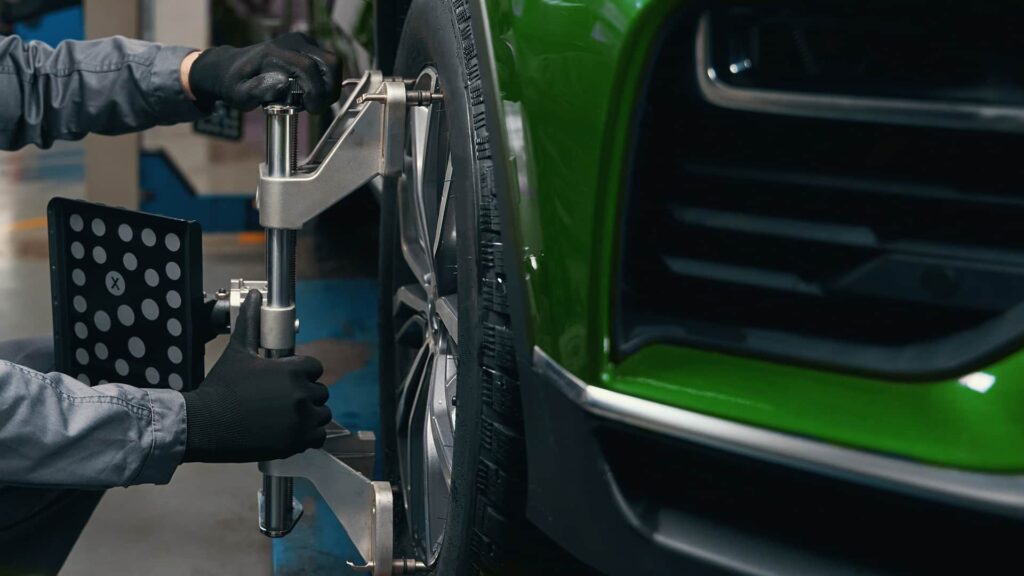
An alignment is when we make sure all your wheels are pointing in the same direction, so you’re driving straight and turning safely. As you drive every day, it’s easy for your wheels to get out of whack – especially if you hit a pothole or two.
When your wheels aren’t aligned properly, your tires can wear down faster than they should. And, depending on which way the misalignment goes, you might notice that your car pulls to one side or another. Your steering wheel might even be off-center! Plus, it can affect how much gas you use up while driving.
There are three parts of the wheel that need looking at:
Toe Angle

When we talk about toe angle, we mean the way your tires are angled toward each other (or away from each other) when seen from above. This is actually the most common kind of misalignment that we see!
If you’re driving and your car keeps veering off to one side even when you’re not touching the wheel, that probably means there’s some toe misalignment going on.
Camber Angle
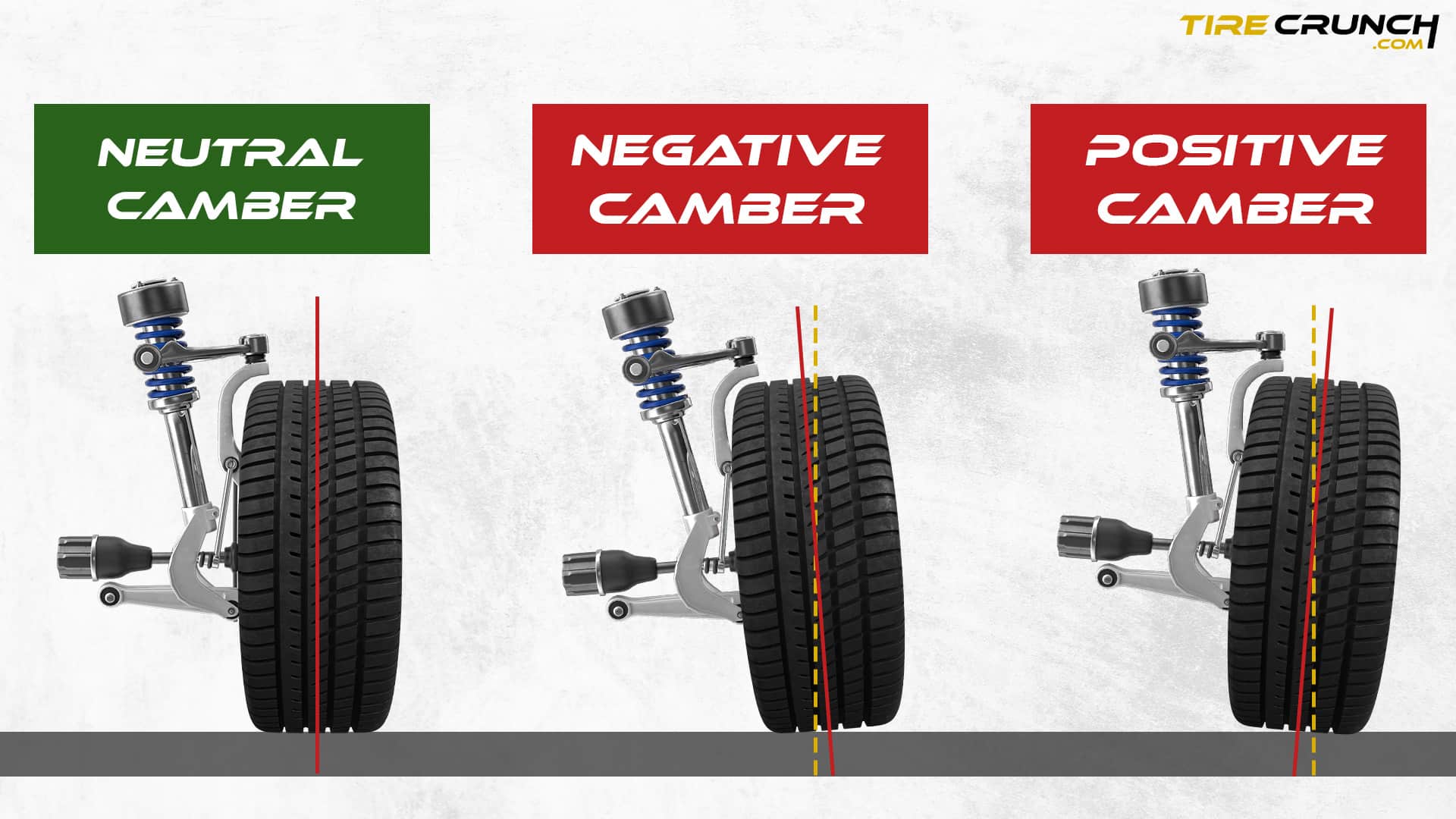
Camber angle has to do with how the wheel and tire line up with the road when viewed from the front. Basically, the technician will be checking if they’re sticking straight up and down, or if they lean one way or another.
Caster Angle
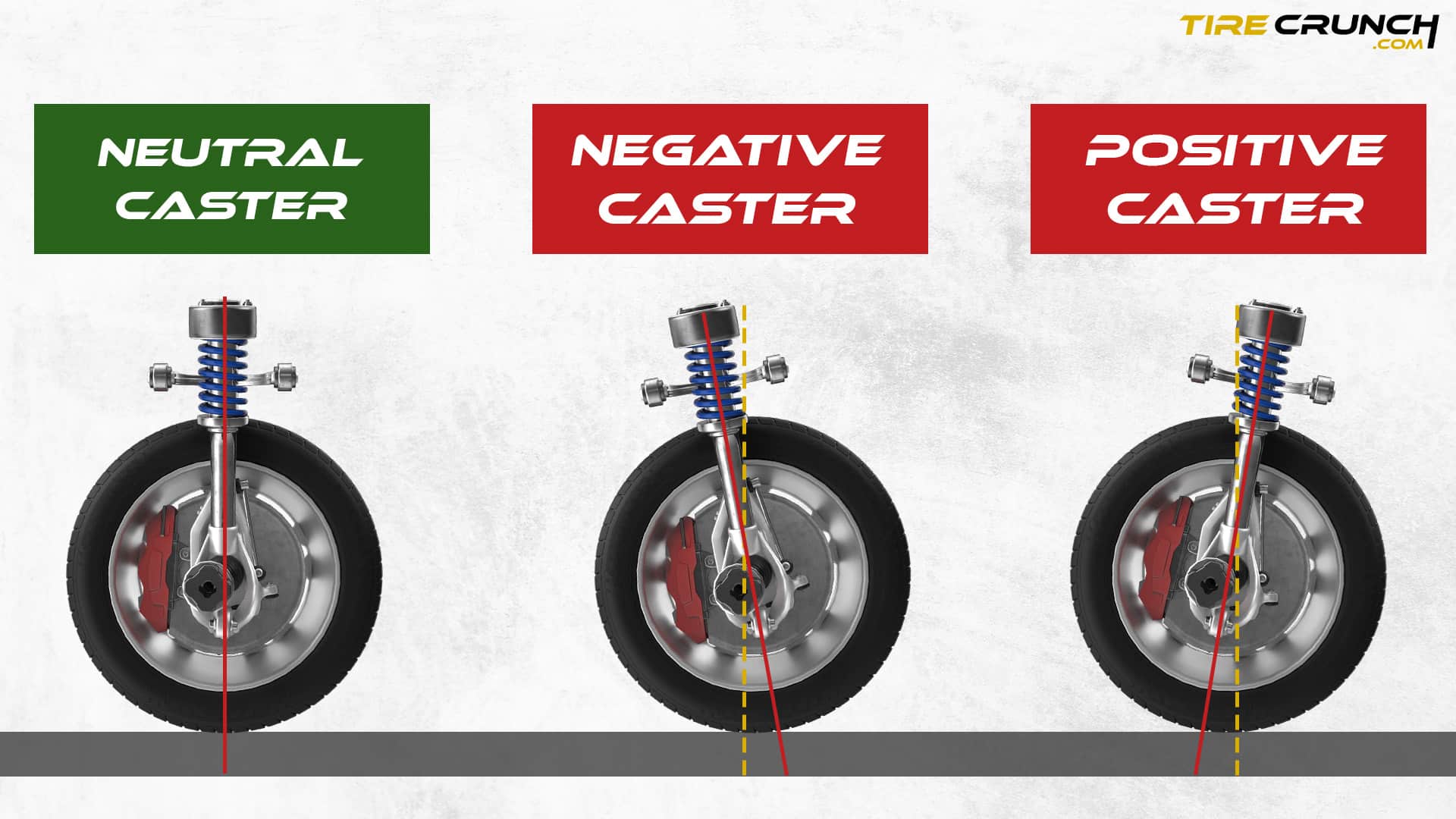
When we talk about caster angle, we’re looking at how far forward or backward the steering axis is tilted when seen from the side view. This one might be a bit harder to spot than the others!
What Are the Signs That Your Car Needs an Alignment?
But if your caster angle isn’t right, you’ll definitely feel it in the way your car handles. It’ll be tougher to keep driving in a straight line, for one thing.
If you’re wondering whether your car might need an alignment, watch out for these signs:
What causes misaligned wheels?
There are actually quite a few things that can cause your wheels to fall out of alignment! Some of the most common ones include:
How much does Wheel Alignment cost?
The cost of a wheel alignment can vary depending on a few different factors, like where you are, what kind of car you have, and how much work needs to be done. On average, though, you can usually expect to pay somewhere between $50 and $200 for a basic alignment.
It’s worth noting that some cars may be more difficult to align than others, which can result in higher costs. For example, sometimes the bolts holding your suspension in place can get stuck due to rust or other factors. This can make it harder for mechanics to adjust the angle of your wheels and thus require more time and effort.
How often should you get it done?
When it comes to how often you should get your wheels aligned or balanced, there are a few things to keep in mind. Your car’s owner’s manual is a good place to start, but here are some general guidelines:
Of course, everyone’s driving habits and road conditions are different, so be prepared for some variation depending on your vehicle! Regardless of how often you end up getting it done though, regular inspections can help prevent more serious problems down the line and ensure that you’re driving as safely as possible.
